- myFICO® Forums
- FICO Scoring and Other Credit Topics
- Understanding FICO® Scoring
- Re: How did this occur?
- Subscribe to RSS Feed
- Mark Topic as New
- Mark Topic as Read
- Float this Topic for Current User
- Bookmark
- Subscribe
- Mute
- Printer Friendly Page
How did this occur?
Is your credit card giving you the perks you want?
Browse credit cards from a variety of issuers to see if there's a better card for you.
- Mark as New
- Bookmark
- Subscribe
- Mute
- Subscribe to RSS Feed
- Permalink
- Report Inappropriate Content
How did this occur?
My FICO dropped below 800 because of these updates (and everything else remained unchanged):
Balance Decrease: Bank Card
Your CAPITAL ONE account balance decreased to $0.00.
Credit Usage Decrease: Bank Card
Your CAPITAL ONE account's Credit Usage significantly decreased to 0.0%.
Loan Paid
ARIZONA CENTRAL CRED U has reported Positive Activity: Loan Paid.
- Mark as New
- Bookmark
- Subscribe
- Mute
- Subscribe to RSS Feed
- Permalink
- Report Inappropriate Content
Re: How did this occur?
There is scoring loss when loan is paid off, it can be anywhere from 10-35 points if that was your only open installment loan.
Technically, you did not "lose" them, Fico awards a chunky sum of points when loan utilization is below 9%, so when it's paid off, Fico giveth, Fico taketh away. It doesn't matter how many times I've read "explanations" on why this happens, I personally think it's ridiculous concept.
There is always a scoring pendalty when all cards report $0.00 balance. Those points will be back as soon as one of cards reports a balance. That does not mean you must carry a balance, it only means allowing balance to report.
This concept is even more ridiculous. It appears that some data they collected indicated you're more likely to default on debt you don't have.
It's worse than staring at Pollock' paintings and trying to make sense of drunk man throwing paint at canvas.
- Mark as New
- Bookmark
- Subscribe
- Mute
- Subscribe to RSS Feed
- Permalink
- Report Inappropriate Content
Re: How did this occur?
@OMG--Bruce wrote:My FICO dropped below 800 because of these updates (and everything else remained unchanged):
Balance Decrease: Bank Card
Your CAPITAL ONE account balance decreased to $0.00.
Credit Usage Decrease: Bank Card
Your CAPITAL ONE account's Credit Usage significantly decreased to 0.0%.
Loan Paid
ARIZONA CENTRAL CRED U has reported Positive Activity: Loan Paid.
FinancialFeb 03, 2023I paid off all my credit cards, one vehicle loan (per contract-not early) and my score takes a plunge? How is this possible?
If all your accounts are showing zero you will lose points . If that was your only installment loan you will lose points as well .
You can search AZEO regarding letting one account report a low balance .
- Mark as New
- Bookmark
- Subscribe
- Mute
- Subscribe to RSS Feed
- Permalink
- Report Inappropriate Content
Re: How did this occur?
@OMG--Bruce wrote:My FICO dropped below 800 because of these updates (and everything else remained unchanged):
Balance Decrease: Bank Card
Your CAPITAL ONE account balance decreased to $0.00.
Credit Usage Decrease: Bank Card
Your CAPITAL ONE account's Credit Usage significantly decreased to 0.0%.
Loan Paid
ARIZONA CENTRAL CRED U has reported Positive Activity: Loan Paid.
FinancialFeb 03, 2023I paid off all my credit cards, one vehicle loan (per contract-not early) and my score takes a plunge? How is this possible?
If all your credit cards are paid off AND report zero balances to the CRAs, then you will get a "no recent revolving account activity" penalty that is typically 15 to 25 points. That penalty will go away when one of the cards (not a charge card or AU card) reports a balance.
If you have more than one open loan and an almost paid off loan is closed, you can get a penalty due to an increase in aggregate loan B/L ratio (often referred to as aggregate loan utilization). That could cost up to 30 points itself. Here is an example how.
A) loan 1 is $10k with a $3k balance (30% UT)
B) loan 2 is $30k and is almost paid off, balance is $300 - 1% UT
* AG utilization is = $3300/$40,000 = 8.25%
Loan B is paid off. AG UT is now $3000/10,000 = 30% => AG UT penalty.
Fico 8: .......EQ 850 TU 850 EX 850
Fico 4 .....:. EQ 809 TU 823 EX 830 EX Fico 98: 842
Fico 8 BC:. EQ 892 TU 900 EX 900
Fico 8 AU:. EQ 887 TU 897 EX 899
Fico 4 BC:. EQ 826 TU 858, EX Fico 98 BC: 870
Fico 4 AU:. EQ 831 TU 872, EX Fico 98 AU: 861
VS 3.0:...... EQ 835 TU 835 EX 835
CBIS: ........EQ LN Auto 940 EQ LN Home 870 TU Auto 902 TU Home 950
- Mark as New
- Bookmark
- Subscribe
- Mute
- Subscribe to RSS Feed
- Permalink
- Report Inappropriate Content
Re: How did this occur?
That's so stupid! There was activity...I ran up large charges and paid em off. Paying a 5yr auto loan off should be rewarded...you have less debt and a history of perfect payments! This is crazy! In the absence of common sense regarding how FICOs are computed...what is the best strategy for maintaining/improving the score? Leave a $1. balance on the cards? There is nothing negative on my 3 credit reports. They were all above 800 for a long time, now this bovine excrement is happening despite having more credit available to me than ever before. It's upsetting. ![]()
- Mark as New
- Bookmark
- Subscribe
- Mute
- Subscribe to RSS Feed
- Permalink
- Report Inappropriate Content
Re: How did this occur?
For cards it is very simple. Let a non zero BALANCE of atleast $2.00 report on one or more card monthly statements and then pay the balance(s) before the DUE date. No need to carry a balance and incur an interest penalty by carrying over a balance.
The Fico scoring models do not see daily card activity - only your CC company does. The models only see zero vs positive non zero as reported to them by a CC company (negative non zero balances are categorized as a zero balance). Thus, the models interpret zero balances as no activity on the account(s).
If you already allow charges to show on monthly statements and pay in full after the statement cut date, then you would not be subject to the no revolving activity penalty.
Fico 8: .......EQ 850 TU 850 EX 850
Fico 4 .....:. EQ 809 TU 823 EX 830 EX Fico 98: 842
Fico 8 BC:. EQ 892 TU 900 EX 900
Fico 8 AU:. EQ 887 TU 897 EX 899
Fico 4 BC:. EQ 826 TU 858, EX Fico 98 BC: 870
Fico 4 AU:. EQ 831 TU 872, EX Fico 98 AU: 861
VS 3.0:...... EQ 835 TU 835 EX 835
CBIS: ........EQ LN Auto 940 EQ LN Home 870 TU Auto 902 TU Home 950
- Mark as New
- Bookmark
- Subscribe
- Mute
- Subscribe to RSS Feed
- Permalink
- Report Inappropriate Content
Re: How did this occur?
@OMG--Bruce wrote:That's so stupid! There was activity...I ran up large charges and paid em off. Paying a 5yr auto loan off should be rewarded...you have less debt and a history of perfect payments! This is crazy! In the absence of common sense regarding how FICOs are computed...what is the best strategy for maintaining/improving the score? Leave a $1. balance on the cards? There is nothing negative on my 3 credit reports. They were all above 800 for a long time, now this bovine excrement is happening despite having more credit available to me than ever before. It's upsetting.
Optimum strategy for fico 8 & 9 scores:
Revolving: let 1 bank card report a small balance each month before paying it off
Installment: aggregate 9%. if you don't have real open loans you can replicate with share secured loan from nfcu or penfed and pay down to 9%

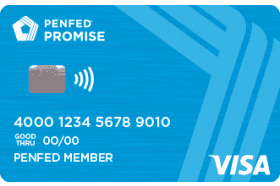

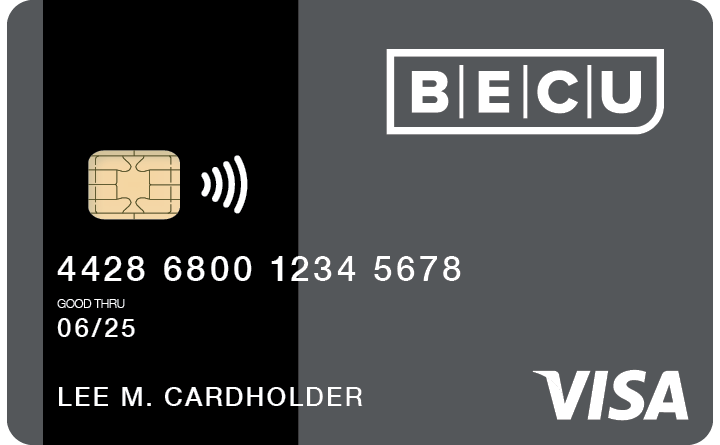

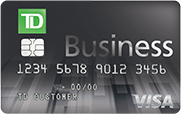
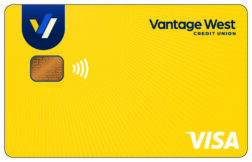
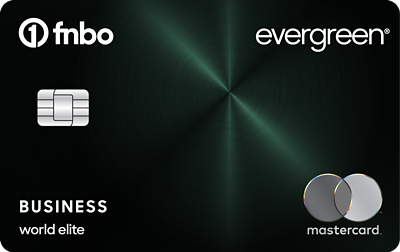
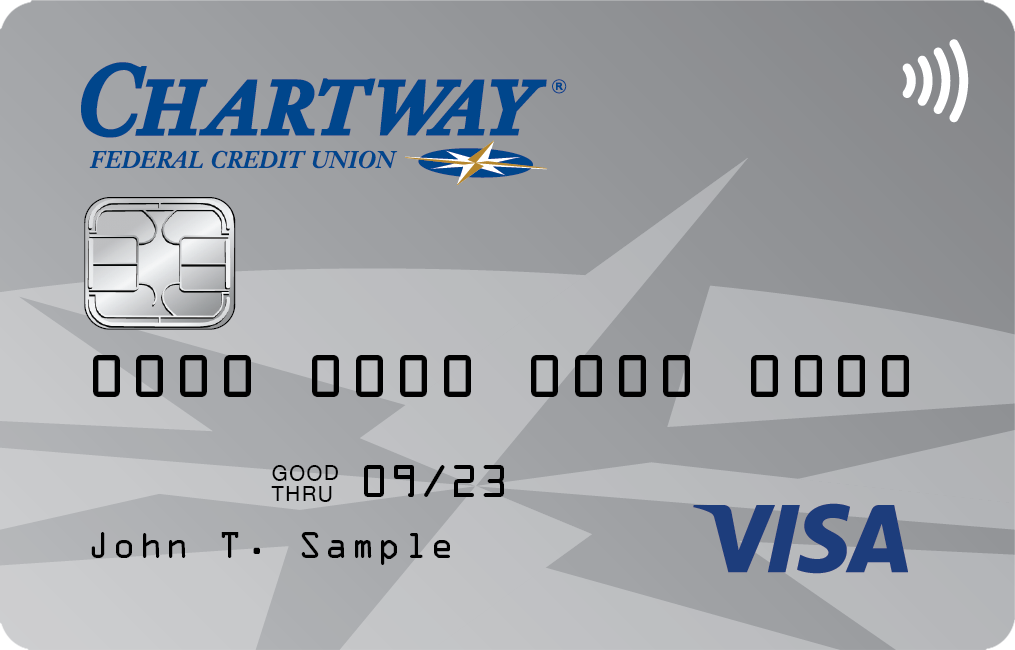


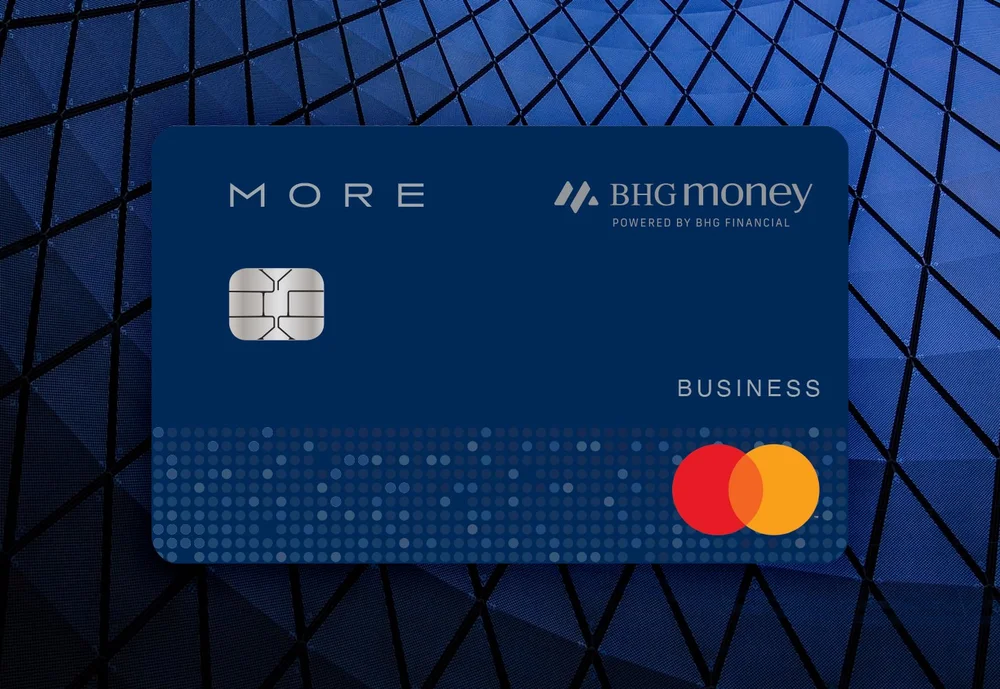
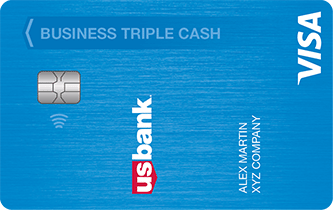

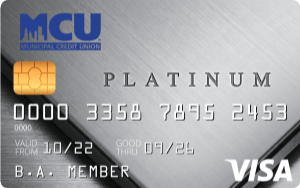
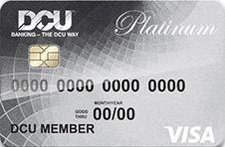
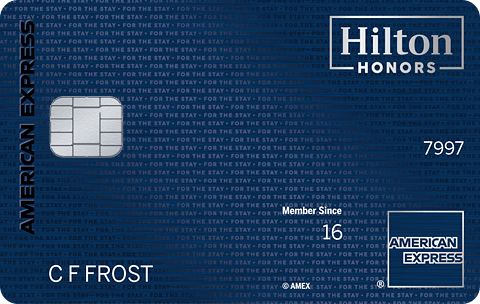
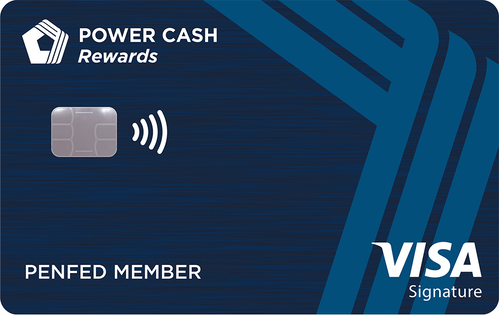
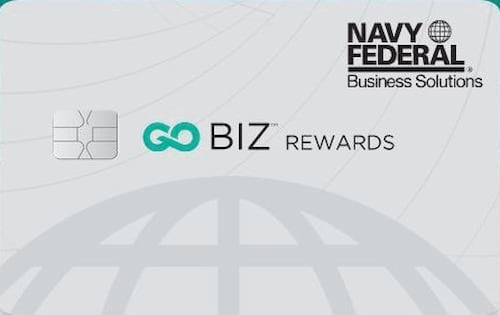
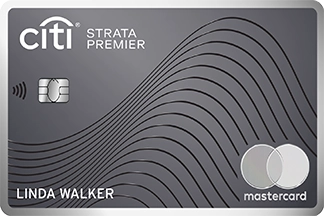
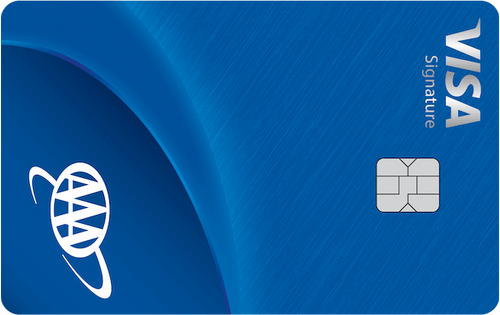
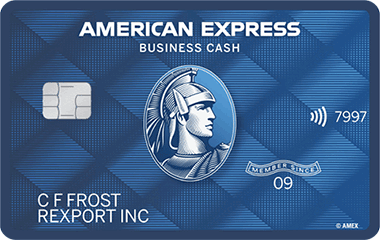
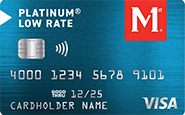
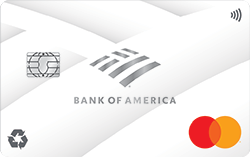


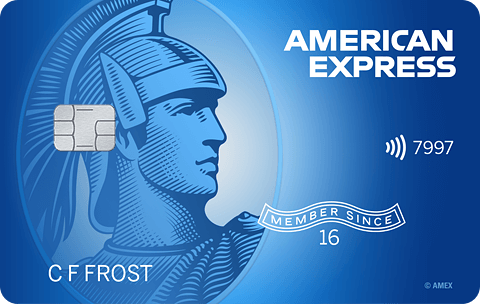
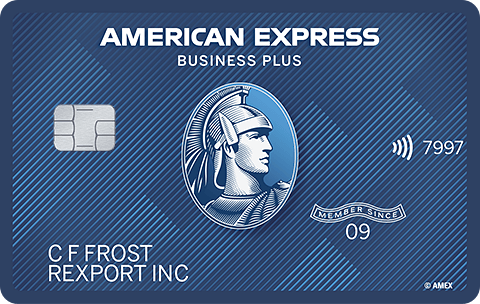



Total revolving limits 568220 (504020 reporting) FICO 8: EQ 689 TU 691 EX 682
- Mark as New
- Bookmark
- Subscribe
- Mute
- Subscribe to RSS Feed
- Permalink
- Report Inappropriate Content
Re: How did this occur?
This still doesn't make sense to me but thanks for helping. So I have seven revolving accts I pay off monthly before the card issuer reports to the CRAs. Apparently that's a mistake. My average CC activity across all these accts falls between 3K-15K/mo. In order to maximize my score i should spread the charges out between a variety of cards rather than use one or two the utilization per card is low, is that right? A card with a 20K limit should only be used for 2K or less each month and card with a 12K limit should not be used for no more than $1200, is that correct? Don't run $3200. on a single card. Or are you recommending I pay them down to $2. each before the due date then pay em off after the CRAs are updated?
Also, I have 3 student loans (incurred for my daughter) that i have paid and are now under 40K in total. Instead of paying em off one at a time I should remit in such a way as to get them into the bottom 9% of the balance...is that right? Apparently paying off a loan is a bad thing. Sheesh!
- Mark as New
- Bookmark
- Subscribe
- Mute
- Subscribe to RSS Feed
- Permalink
- Report Inappropriate Content
Re: How did this occur?
@OMG--Bruce wrote:This still doesn't make sense to me
I didn't say it makes sense. I just said that's the way it is. I have repeatedly and consistently said that neither the no-open-loan-penalty nor the all-zero-penalty makes sense.
I was just trying to answer the question you posed: "what is the best strategy for maintaining/improving the score?"
but thanks for helping.
You're welcome.
So I have seven revolving accts I pay off monthly before the card issuer reports to the CRAs. Apparently that's a mistake.
No it's not a mistake. Lots of zero balances is great for your score. You just need to let one of the bankcards report a small balance before you pay it off.
My average CC activity across all these accts falls between 3K-15K/mo.
That doesn't matter from a scoring perspective. FICO "utilization" isn't about utilization at all, it's just about your reported balances.
In order to maximize my score i should spread the charges out between a variety of cards rather than use one or two the utilization per card is low, is that right?
No, that's not right. It doesn't matter how you spread the charges out. It just matters that you have a small reported balance on one card before you pay it off.
A card with a 20K limit should only be used for 2K or less each month and card with a 12K limit should not be used for no more than $1200, is that correct?
No it's not correct. It doesn't matter.
Don't run $3200. on a single card. Or are you recommending I pay them down to $2. each before the due date then pay em off after the CRAs are updated?
Just let one card report a balance. IMHO $2 is too little. It's too easy for it to get overlooked and treated as zero. It should be at least $10-20 IMHO.
Also, I have 3 student loans (incurred for my daughter) that i have paid and are now under 40K in total. Instead of paying em off one at a time I should remit in such a way as to get them into the bottom 9% of the balance...is that right?
From a scoring perspective, yes. But scoring isn't everything. From a personal perspective I would rather wipe out a loan than have it hanging over me. And I would rather be debt free, regardless of FICO scores.
Apparently paying off a loan is a bad thing. Sheesh!
In the world of FICO scoring, it can be.































Total revolving limits 568220 (504020 reporting) FICO 8: EQ 689 TU 691 EX 682
- Mark as New
- Bookmark
- Subscribe
- Mute
- Subscribe to RSS Feed
- Permalink
- Report Inappropriate Content
Re: How did this occur?
@OMG--Bruce wrote:This still doesn't make sense to me but thanks for helping. So I have seven revolving accts I pay off monthly before the card issuer reports to the CRAs. Apparently that's a mistake. My average CC activity across all these accts falls between 3K-15K/mo. In order to maximize my score i should spread the charges out between a variety of cards rather than use one or two the utilization per card is low, is that right? A card with a 20K limit should only be used for 2K or less each month and card with a 12K limit should not be used for no more than $1200, is that correct? Don't run $3200. on a single card. Or are you recommending I pay them down to $2. each before the due date then pay em off after the CRAs are updated?
Also, I have 3 student loans (incurred for my daughter) that i have paid and are now under 40K in total. Instead of paying em off one at a time I should remit in such a way as to get them into the bottom 9% of the balance...is that right? Apparently paying off a loan is a bad thing. Sheesh!
Not exactly -
1. It does not matter how much you charge on a card in a given month - only what gets reported as a balance. Some people may charge $5k on a card with a $3k credit limit in a given month. They make multiple monthly payments so open charges never exceed CL. In this case, if you want a balance to report on the card, stop using the card a few days before statement cuts and pay down balance to $5 or $10 before statement cuts so statement cuts with this low balance. Then pay the final $5 or $10 before the due date. Rinse and repeat in subsequent months.
2. Fico models like to see most cards report $0 balances for best score. Given you have 7 cards, you should designate 1 or 2 cards to report a small monthly balances on. Continue to pay the others down to $0 before statement cuts as you have been doing. Just make sure the card or cards reporting a small balance are revolving, non AU, credit cards - such as Discover, Mastercard or Visa or even AMEX - as long as it is an AMEX revolver (not one of their charge cards).
* Penalties can become significant on the older Fico scoring models if more than 50% of cards report even small balances. EQ and TU Fico scores are impacted more than EX.* These models always include charge and AU cards in # accounts with balances.
I charted impact of this on mortgage Fico scores for my profile a few years back. Aggregate utilization was maintained under 5% for all data points.
3. The later Fico models (Fico 8 and Fico 9 - likely Fico 10 as well) want to see an open/active installment loan. Given you have multiple open loans, closing one shoul not result in a no open loan penalty - unless the remaining open student loans are inactive (deferred).
4. If all the student loans have the same interest rate (or close) then paying them all down incrementally is a good strategy. However, if some are at a much higher rate, pay those off first. Finances over credit score optimization.
Side notes:
a) Fico looks at open installment loans in aggregate for installment utilization. High aggregate B/L is penalized. An individual loan at a high B/L only impacts score due to its impact on aggregate B/L.
b) One of the 3 CRA Fico scoring models looks at length of open loan payment history. Longer history is preferred. For example, if a profile has 3 open loans each with a B/L of 8%, then aggregate B/L is also 8%. Let's say loan (1) has 9 years payment history on a 10 year loan and loans (2) and (3) have 1 year payment history on 3 year loans. One of the loans is then paid off. Aggregate B/L stays at 8%. If loan 1 was paid off, open loan payment history drops to 1 year from 9 and score likely drops. If loan 2 or 3 were paid off, open loan payment history stays at 9 years so no score impact.
Fico 8: .......EQ 850 TU 850 EX 850
Fico 4 .....:. EQ 809 TU 823 EX 830 EX Fico 98: 842
Fico 8 BC:. EQ 892 TU 900 EX 900
Fico 8 AU:. EQ 887 TU 897 EX 899
Fico 4 BC:. EQ 826 TU 858, EX Fico 98 BC: 870
Fico 4 AU:. EQ 831 TU 872, EX Fico 98 AU: 861
VS 3.0:...... EQ 835 TU 835 EX 835
CBIS: ........EQ LN Auto 940 EQ LN Home 870 TU Auto 902 TU Home 950
